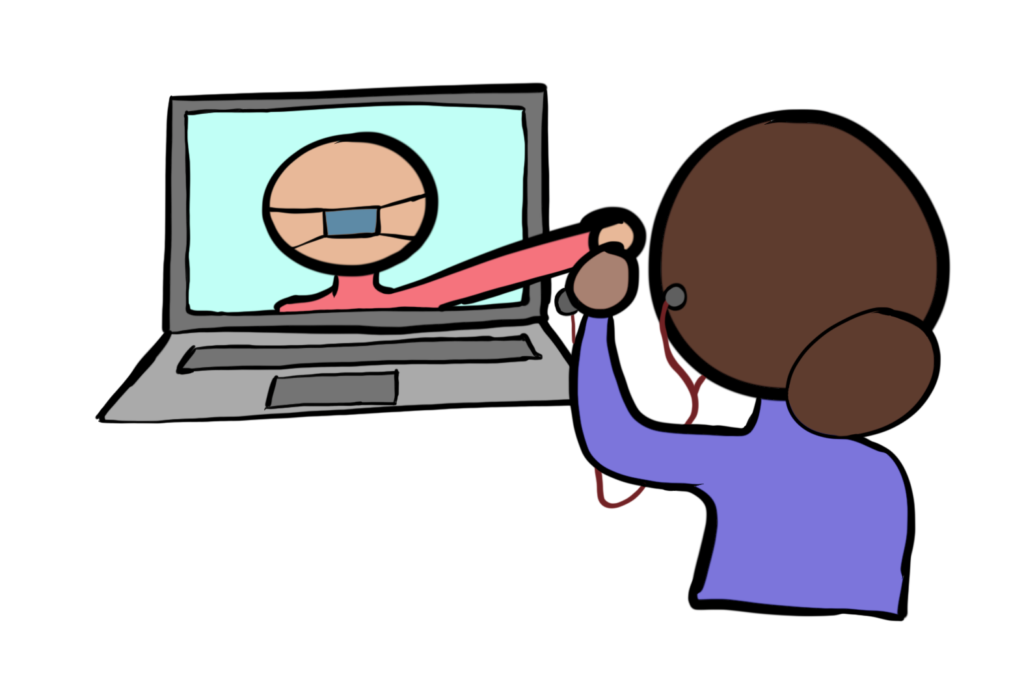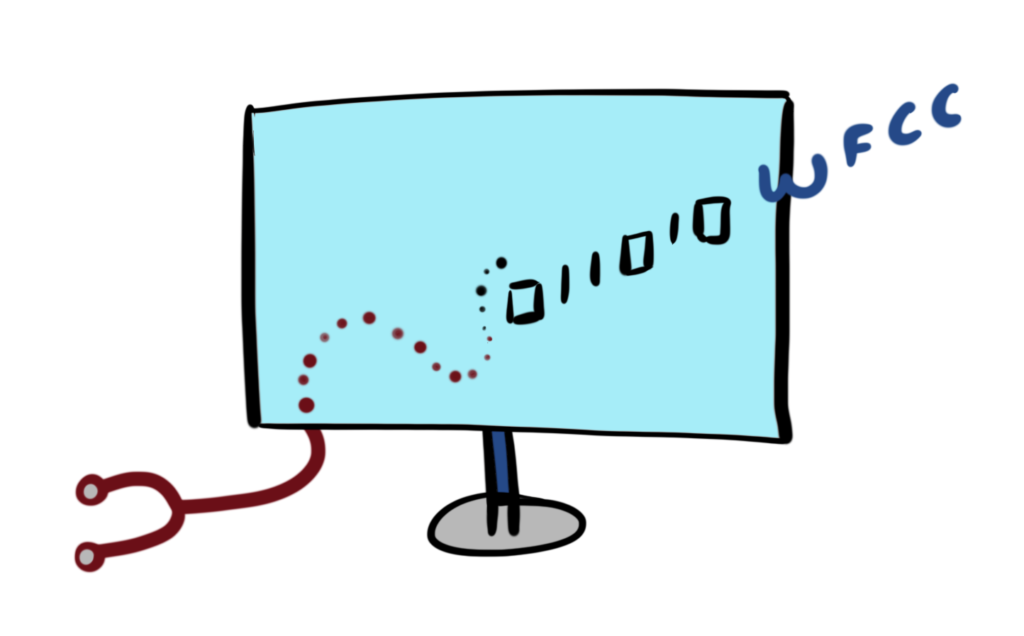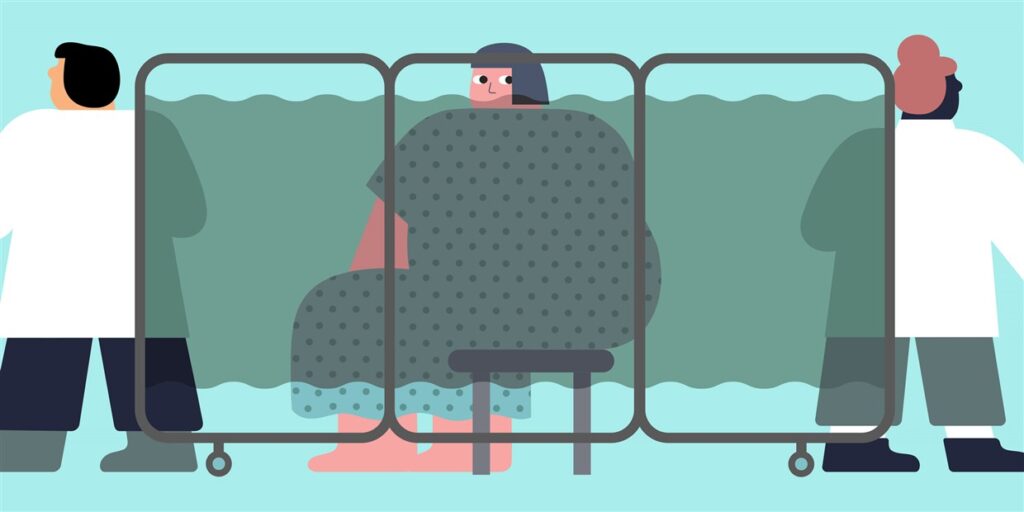Note: This article was originally published as part of the Q4 2020 issue of the WFCC Newsletter and is reproduced here with permission. See original: http://www.sahilnawab.com/wfcc/q4_2020.pdf
This year, we have seen radical shifts in the way that healthcare is delivered. Early on, the COVID pandemic forced many non-urgent medical visits to be cancelled, including at the free clinics, helping healthcare institutions reduce the strain on limited resources. Almost immediately, the WFCC embraced the idea of virtual visits by setting up a free telehealth program. This idea was born out of the need to continue treating patients who would otherwise be almost completely disenfranchised from the healthcare system. Their ailments and conditions did not simply disappear overnight. Instead, telehealth became a lifeline for the uninsured and underinsured population in central Massachusetts.
The gravity of the COVID pandemic has rendered telehealth a necessary compromise to in-person visits for the time being. Even as recently as last year, telehealth was seen as cold and impersonal. However, the rapid adoption of the technology has shown that the most important aspect of care is the depth of focus and quality of communication. This type of compassionate care is one of the hallmarks of free medical programs, where physicians are not restricted by administrative overhead and can instead focus on developing a warm connection with patients. Dr. Jessica Zitter, a palliative care physician, explains that “it’s not about the medium, it’s about the message, and the way it’s delivered.” Through the telehealth program, the volunteer physicians have been able to continue to reach patients despite the challenging circumstances.
In fact, there are a number of surprising benefits to telehealth. Dr. Emil Baccash, a geriatric physician, explains that physicians get most of the information they need from their conversations with patients. When patients are in a comfortable environment, such as their own homes, they are likely to be “more relaxed and feel less rushed.” Virtual visits allow physicians to interact more warmly, without having to don frightening personal protective equipment that would be necessary for an in-person visit.

Prior to the COVID pandemic, telehealth was seen primarily as a method to reduce costs. However, for free medical programs, telehealth should instead be seen as a method to increase access to care. It erases geographic boundaries and allows patients to not worry about transportation or scheduling time off from work or from childcare responsibilities. Looking at telehealth technology through this lens leads to a mindset that encourages the build-out of necessary infrastructure to reach patients and break down barriers to healthcare for disenfranchised populations. It becomes easy to justify the need to invest resources in public facilities, such as keeping public libraries open for longer hours or providing dedicated equipment and tutorials in multiple languages.
However, free medical programs in particular must face the reality that some patients face serious difficulties accessing healthcare services virtually. Some may not have a capable device or an internet connection, while others may not speak English or may not understand how to operate their devices adequately. Addressing this need is an intense area of focus for many organizations, including the Worcester Free Care Collaborative. However, this cannot be a solitary endeavor. It requires a concerted effort from local governments and organizations to invest in public infrastructure and encourage more flexible workplace policies that allow employees to visit healthcare providers and care for their children and families. Solving these root problems will immediately improve the healthcare of the entire population.
Ultimately, telehealth is not a substitute for in-person visits. While the circumstances may force virtual visits to continue throughout the foreseeable future, it is not sustainable for all types of conditions. Some simply cannot be treated through telehealth. Healthcare institutions should determine where telehealth can be an effective way to help increase care, for example, in treating conditions such as depression, hypertension, or diabetes.

“Telemedicine was a solution to an immediate problem,” says Dr. Ateev Mahrotra, but perhaps it can become part of the long term solution too. When in-person visits return, telehealth can be used to augment the care that free medical programs provide and get more patients access to the care that they need. To do so requires defining a comprehensive telehealth policy that addresses the needs of both patients and providers with the explicit goal of increasing access to healthcare. Patients who still require in-person care or do not have access to telehealth services can still come in. Others, particularly for follow ups where it can be challenging to get patients to come back, may instead opt for a virtual visit. Setting up the facilities to provide this level of effective telehealth services at the free clinics requires funding and up-front investment from the community, local governments, and other institutions.
Continuing the use of telehealth, even well after the COVID pandemic ends, opens many potential avenues to bring free healthcare to the people that need it most. With the help of the local community and government, it is necessary to commit resources to bringing the idea of digital health to as many patients as possible. Telehealth is poised to be a transformative technology to increase access to healthcare for disenfranchised populations. However, it requires commitment and investment to make sure that patients are not forgotten about or left out as a result of structural deficiencies. Taking this avenue requires the support of the community and policymakers to turn this vision into a reality.
Dossier
“Is Telemedicine Here to Stay?” by Reed Abelson, August 3, 2020. https://www.nytimes.com/2020/08/03/health/covid-telemedicine-congress.html
“The Evolution of the Robot-Doctor,” by Jessica Nutik Zitter, December 1, 2020. https://www.nytimes.com/2020/12/01/well/live/Telemedicine-Hospitals.html
“A Pandemic Benefit: The Expansion of Telemedicine,” by Jane E. Brody, May 11, 2020. https://www.nytimes.com/2020/05/11/well/live/coronavirus-telemedicine-telehealth.html
“Telehealth wasn’t designed for non-English speakers,” by Nicole Wetsman, June 4, 2020. https://www.theverge.com/21277936/telehealth-english-systems-disparities-interpreters-online-doctor-appointments
“Telehealth needs medical interpreters, broadband expansion to reach underserved,” by Kat Jercich, June 1, 2020. https://www.healthcareitnews.com/news/telehealth-needs-medical-interpreters-broadband-expansion-reach-underserved

